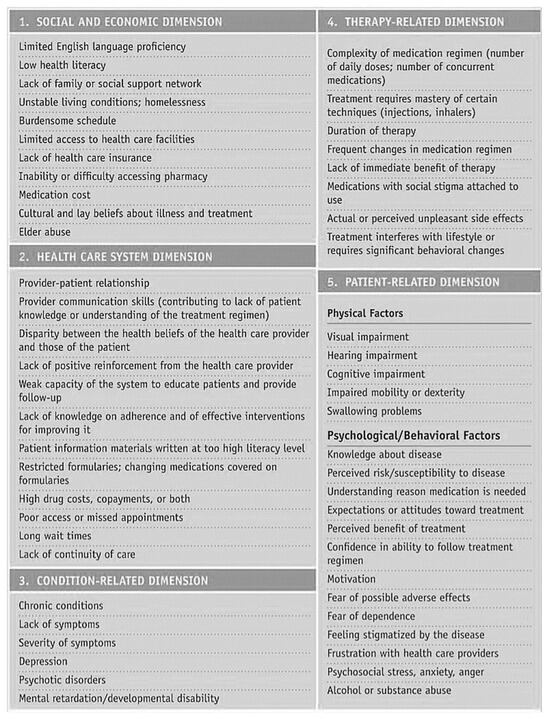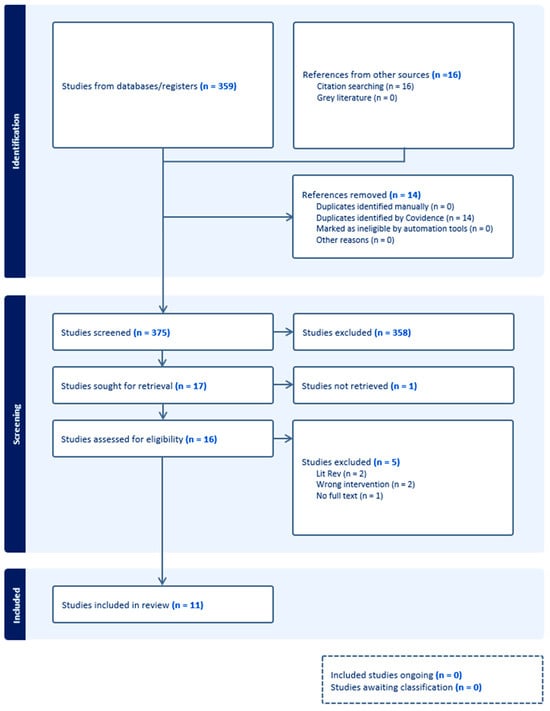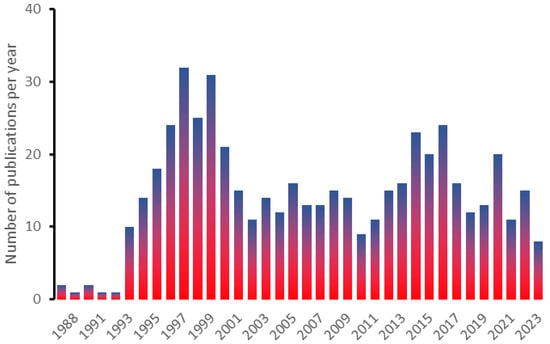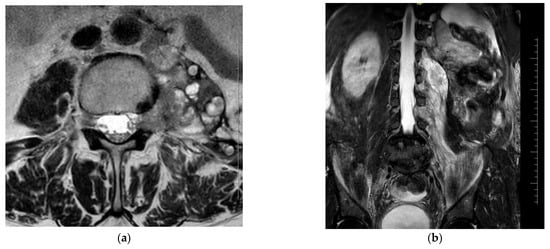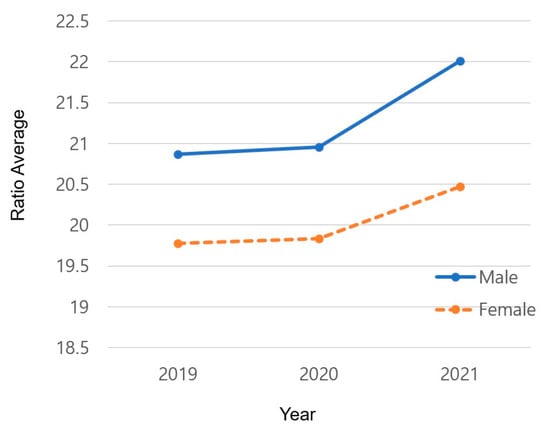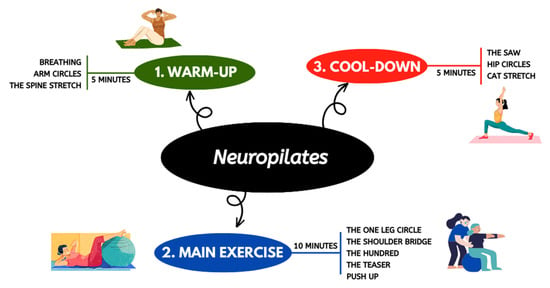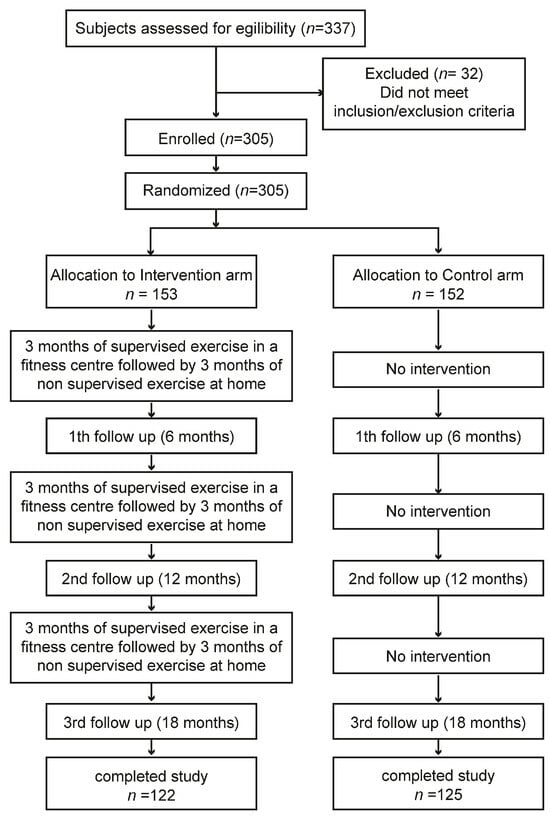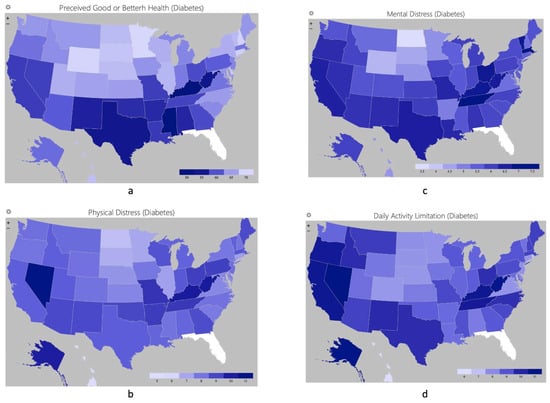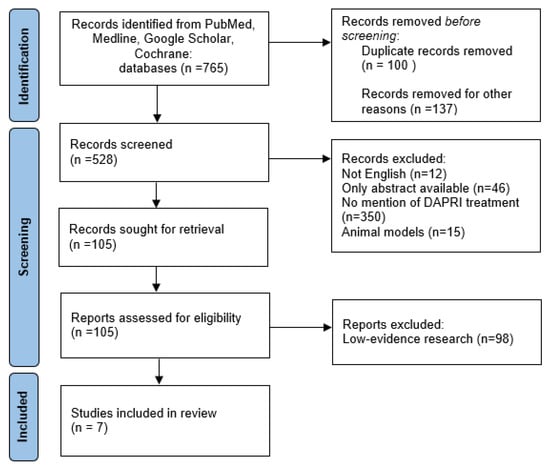-
 Firefighter Health: A Narrative Review of Occupational Threats and Countermeasures
Firefighter Health: A Narrative Review of Occupational Threats and Countermeasures -
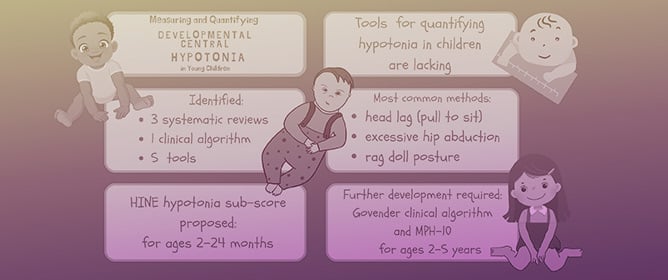 Identifying and Evaluating Young Children with Developmental Central Hypotonia: An Overview of Systematic Reviews and Tools
Identifying and Evaluating Young Children with Developmental Central Hypotonia: An Overview of Systematic Reviews and Tools -
 Investigating the Health Implications of Whey Protein Consumption: A Narrative Review of Risks, Adverse Effects, and Associated Health Issues
Investigating the Health Implications of Whey Protein Consumption: A Narrative Review of Risks, Adverse Effects, and Associated Health Issues -
 Relationship between Solitary Masturbation and Sexual Satisfaction: A Systematic Review
Relationship between Solitary Masturbation and Sexual Satisfaction: A Systematic Review
Journal Description
Healthcare
- Open Access— free for readers, with article processing charges (APC) paid by authors or their institutions.
- High Visibility: indexed within Scopus, SCIE and SSCI (Web of Science), PubMed, PMC, and other databases.
- Journal Rank: JCR - Q2 (Health Policy & Services ) / CiteScore - Q2 (Leadership and Management)
- Rapid Publication: manuscripts are peer-reviewed and a first decision is provided to authors approximately 19.5 days after submission; acceptance to publication is undertaken in 2.4 days (median values for papers published in this journal in the second half of 2023).
- Recognition of Reviewers: reviewers who provide timely, thorough peer-review reports receive vouchers entitling them to a discount on the APC of their next publication in any MDPI journal, in appreciation of the work done.
- Companion journals for Healthcare include: Trauma Care and European Burn Journal.
Latest Articles
E-Mail Alert
News
Topics
Deadline: 31 May 2024
Deadline: 30 June 2024
Deadline: 31 July 2024
Deadline: 31 August 2024
Conferences
Special Issues
Deadline: 26 April 2024
Deadline: 1 May 2024
Deadline: 24 May 2024
Deadline: 3 June 2024




